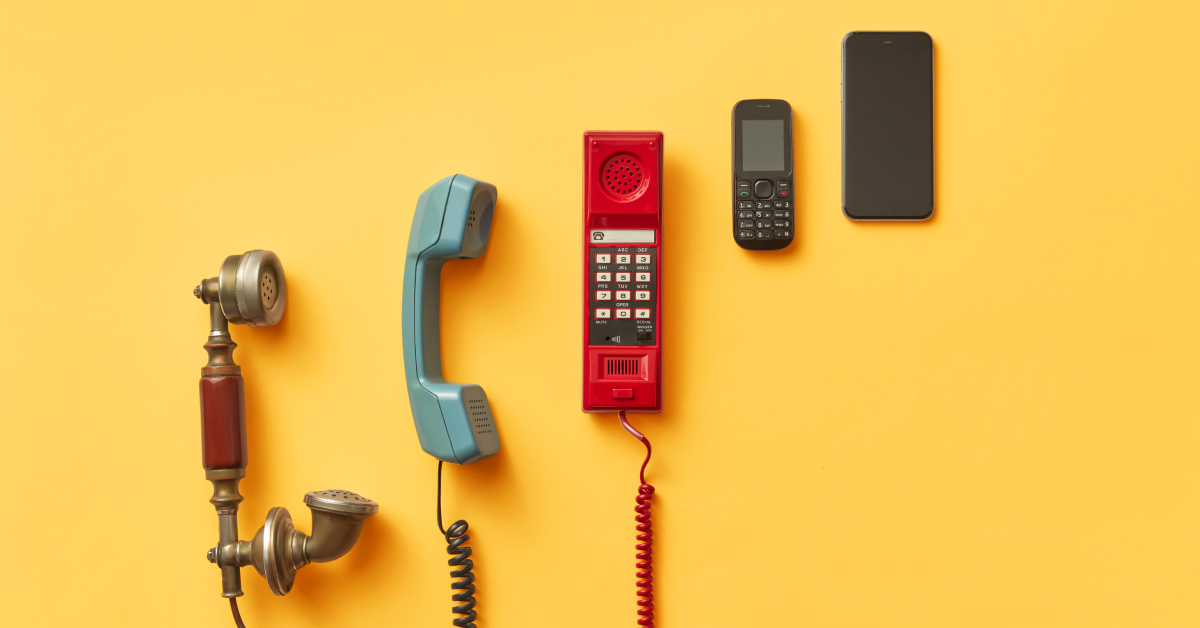In the wake of global talent shake-ups and skill shortages, companies have been looking at new strategies to attract and retain employees who may have historically been overlooked. In particular, leaders have recently begun to focus on how they can better support employees who identify as neurodiverse — which can include a range of mental health conditions and developmental disorders including ADHD, Autism Spectrum Disorder (ASD), and dyslexia. In fact, 61% of hiring leaders are investing in initiatives to hire neurodiverse candidates, according to the 2023 Global Trends Report by HireVue.
Individuals with ASD in particular often struggle finding employment; according to statistics from Beyond Autism, in the UK only 21.7% of autistic adults are in full-time employment. This new and sustained attention is a step forward for neurodiverse people, but it also promises to bring positive changes to the workplace. One study published in Harvard Business Review suggested that teams with neurodivergent professionals are 30% more productive than those without.
“Adding neurodiversity to your teams enhances the way in which your team is able to identify potential problems or opportunities for improvement, analyse situations, brainstorm alternative solutions, and simplify processes,” says Dr. Liz Wilson, behavioural scientist and Founder of Include Inc. “These teams can also determine solutions that meet the needs of all people.”
With 15 to 20% of the population estimated to be neurodiverse, the workforce is already composed of people who operate outside of neurotypical ways. “If you are leading others at work, you likely already have neurodivergent employees on your team,” says occupational therapist Dr. Nicole Villegas, Founder at The Institute for Sensory Conscious Living. By better understanding the unique needs and communication styles of these employees, leaders can create environments where diverse minds can thrive.
Doing that effectively starts at the individual level. “Every person in a team is unique and their needs and lived experience will be individual to them,” says Dr. Wilson. “Just like every other team member, neurodivergent team members will thrive when working conditions enable them to do their best work.” This can start with straightforward communication, asking each team member how you can best meet their needs to enable them to do their best work, and then make accommodations as necessary or requested.
Leaders also need to remember that how they communicate isn’t necessarily how everyone communicates best. “We are socialised that ‘good communication’ looks a certain way,” says Dr. Villegas. “For example, do you assess a team member's attention based on eye contact or body language? Do you value verbal communication more than written, drawn, signed, or through assistive tools? Do you imply meaning and requests, or do you describe and ask them directly?”
Instead, leaders should consider that good communication simply means when information is exchanged successfully, says Dr. Villegas. “It can look however it needs to look,” she says.
Neurodivergence also doesn’t operate separately from the ways in which other marginalised identities can increase risk for discrimination and bias. Implementing frameworks for hiring and ongoing employee support need intersectionality at their heart to truly be effective.
To that end, Dr. Wilson recently published a framework around the eight inclusion needs of all people, which included neurodiversity as an identity. While all eight factors — which include fundamentals like “respect,” “representation,” and “support” — should be considered when designing an inclusion process, certain needs are particularly necessary for those who identify as neurodivergent. “Access” sits at the top of the list, ensuring that all people can see, hear, or otherwise understand what is being communicated. “Allowances” ensures that specific needs can be accommodated, and “space” ensures that everyone has a place provided that allows for people to feel safe in what they need to do at work.
In practical terms, this can look as straightforward as including neurodiversity in diversity or inclusion-related statements on job postings, or asking every candidate “How can I best support you throughout the recruitment process?” says Dr. Wilson. Recruiters can also assist by sending interview questions to all candidates in advance of the interview to give them time to collect their thoughts, and avoid metaphors, acronyms, and jargon in interview questions.
When it comes to following through with a job offer, steer clear of “culture fit” criteria. “Hire for the value the candidate will add to the culture and diversity of thought,” says Dr. Wilson. Leaders should also give new candidates the opportunity right away to request adjustments or accommodations to the job design and working conditions so they can perform at their peak.
Lastly, leaders shouldn’t assume they know best. Working with nonprofits like Integrate, which assists with hiring and retention of autistic talent, can help identify areas of improvement and overlooked ways of working more inclusively. “A partnership will ensure you are designing with inclusion from the start,” says Amanda Hahn, Chief Marketing Officer at HireVue. “A well-designed process that benefits neurodivergent candidates is also a better process for neurotypical candidates.”
By creating workplaces that support and nurture neurodiverse professionals, leaders can ensure they’re building the most innovative and inclusive teams — ones that support and encourage every kind of mind.



